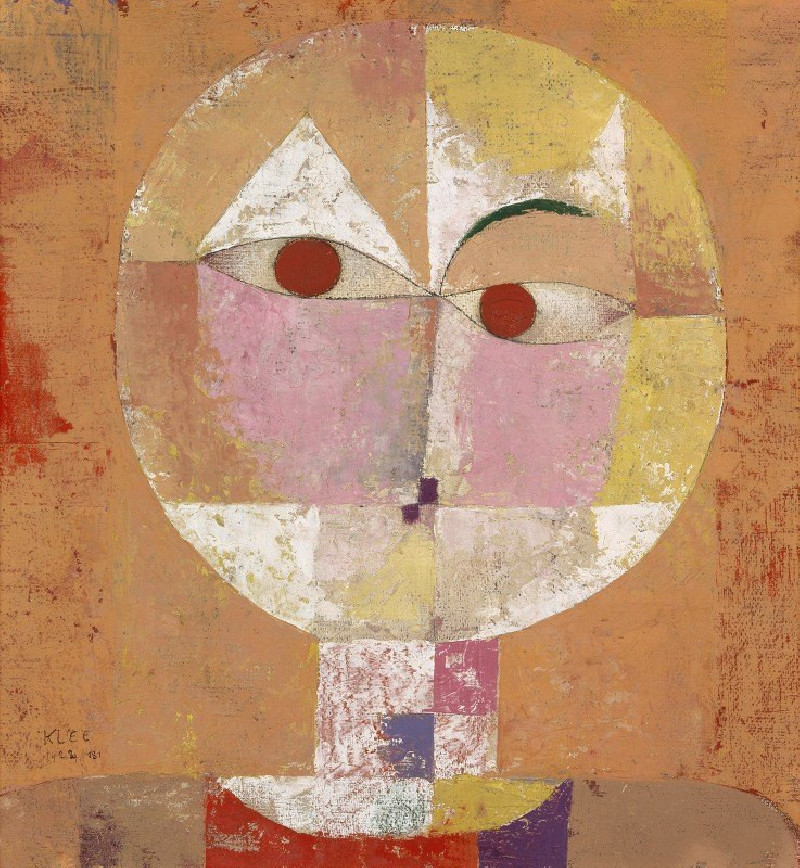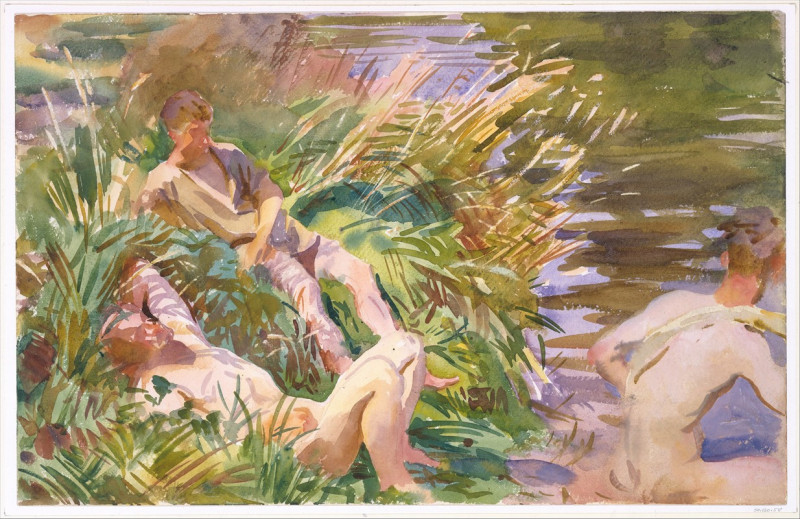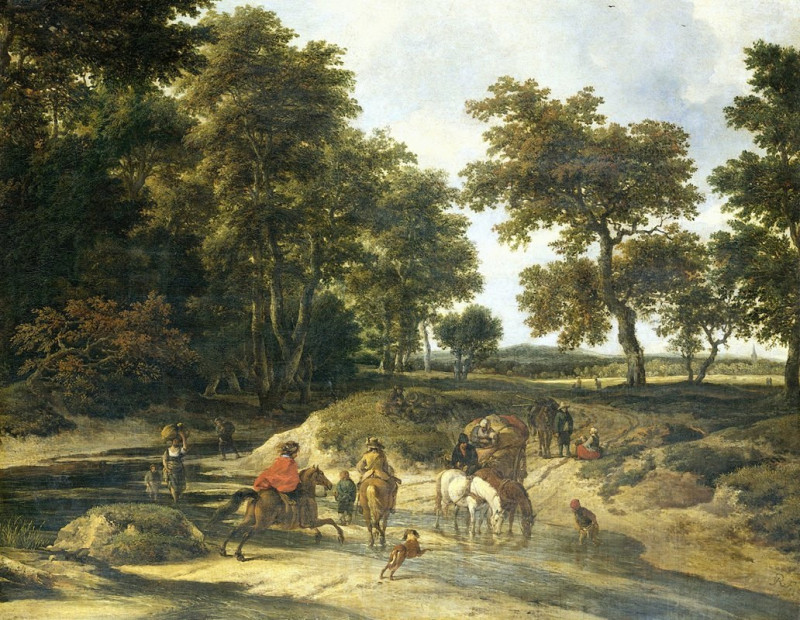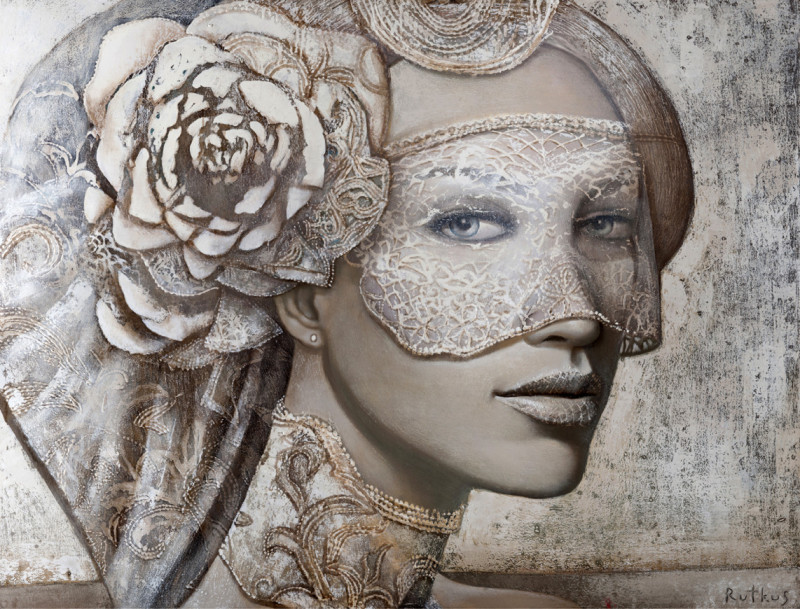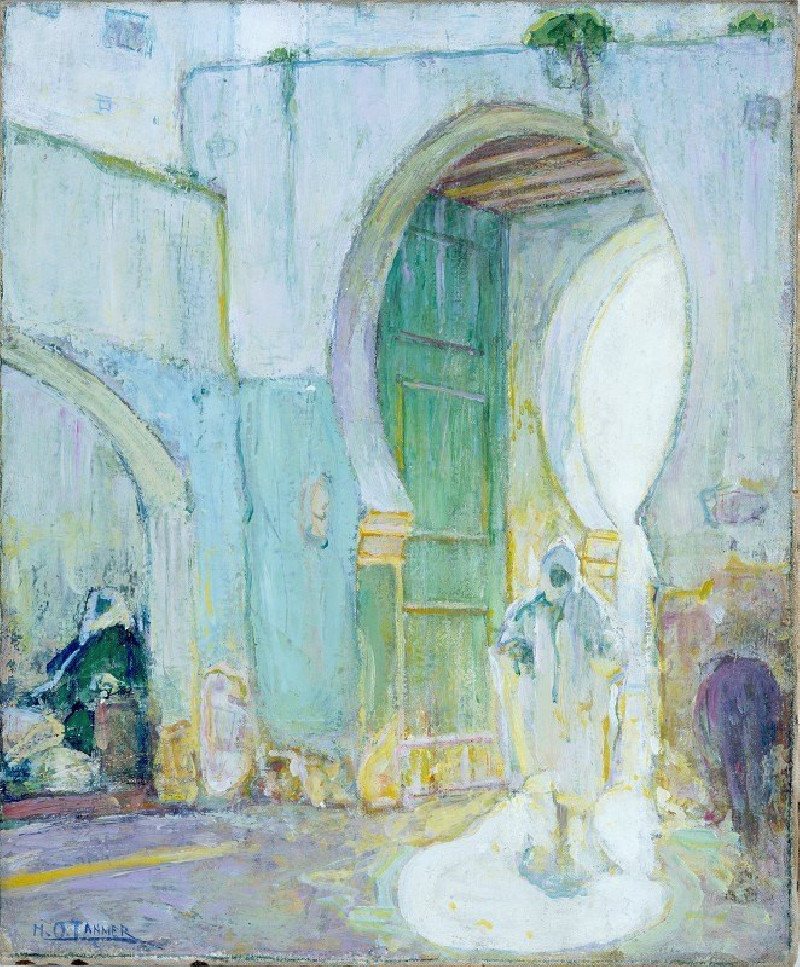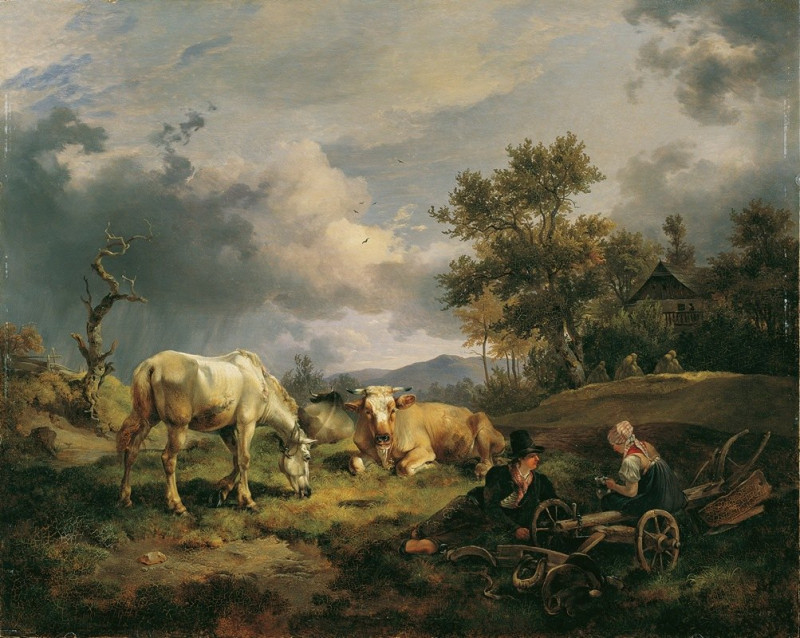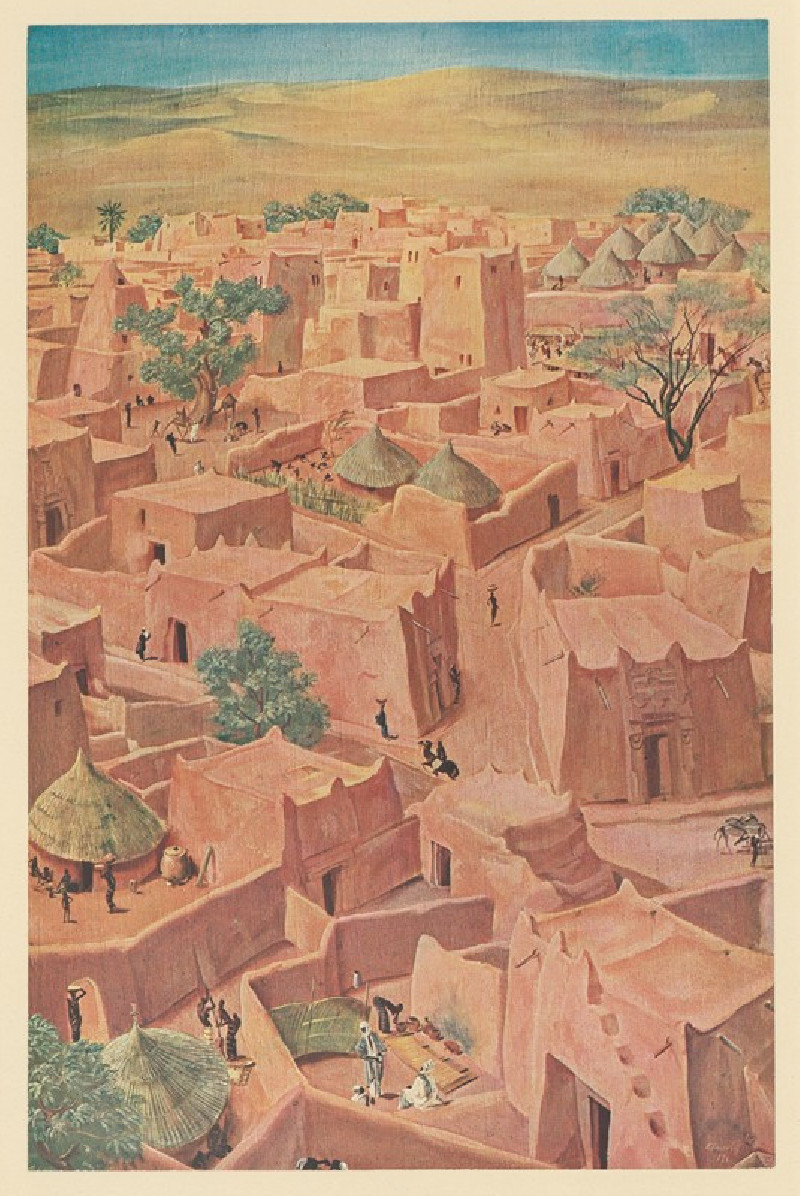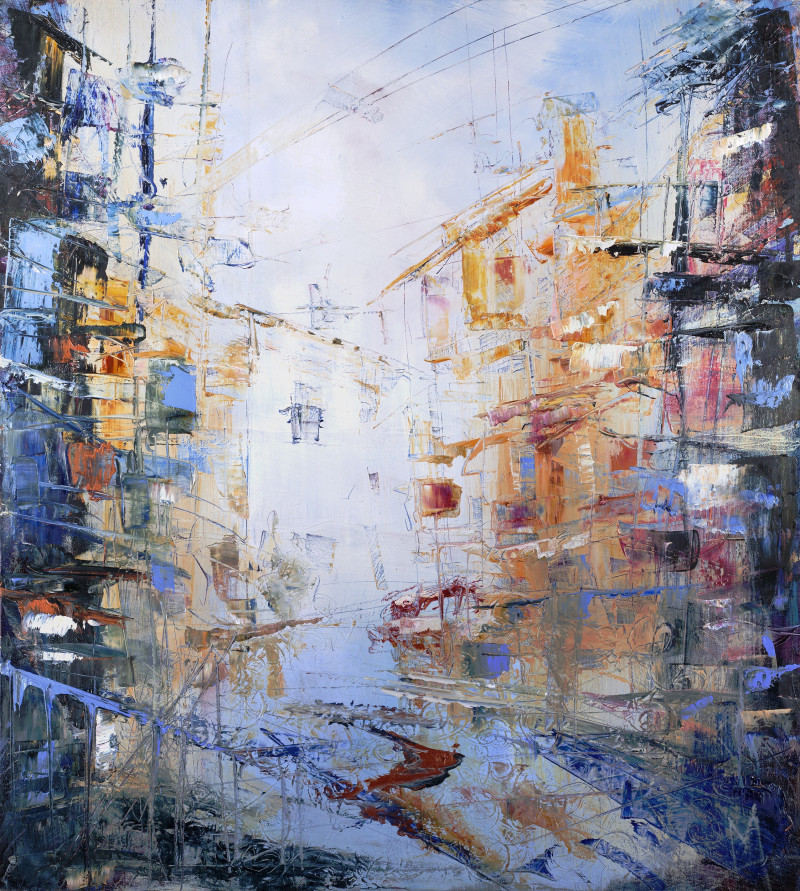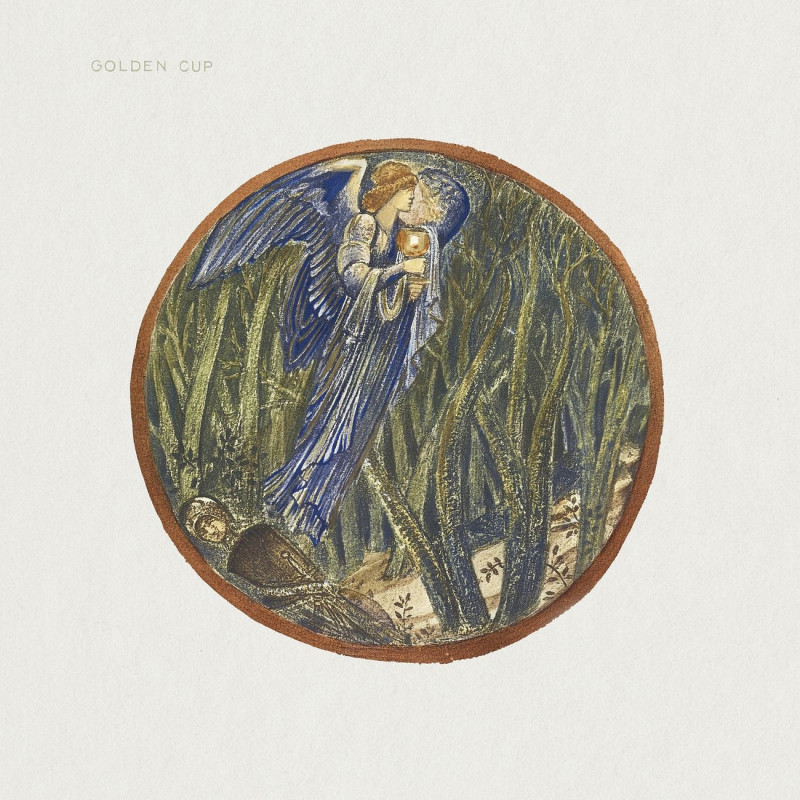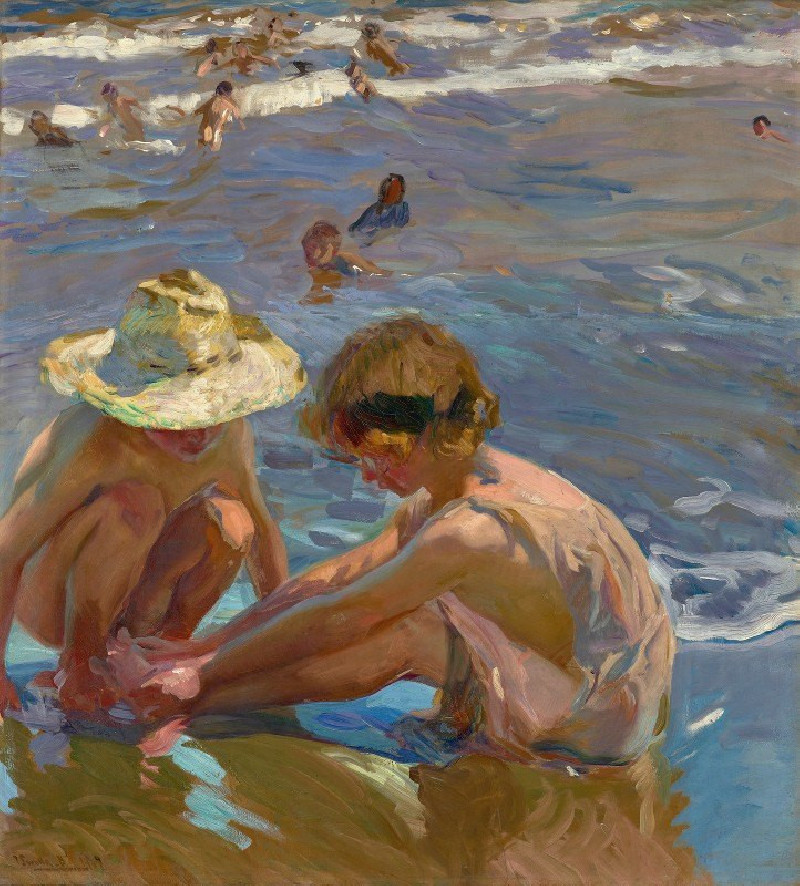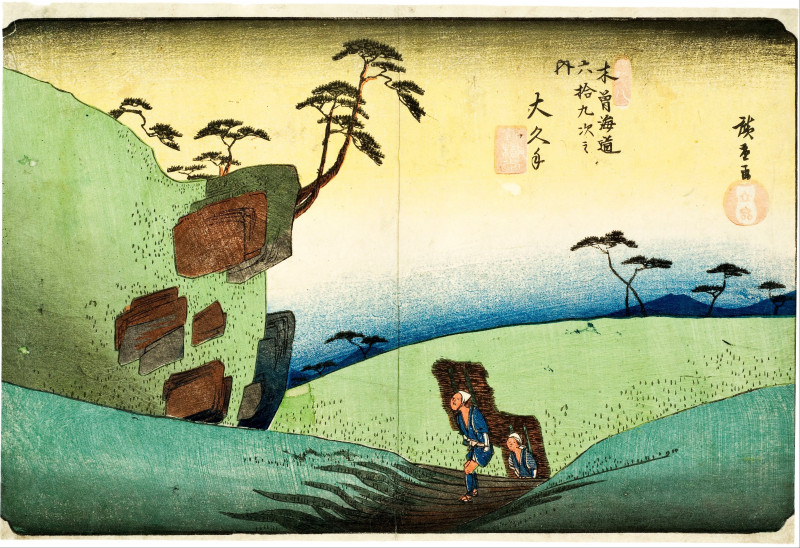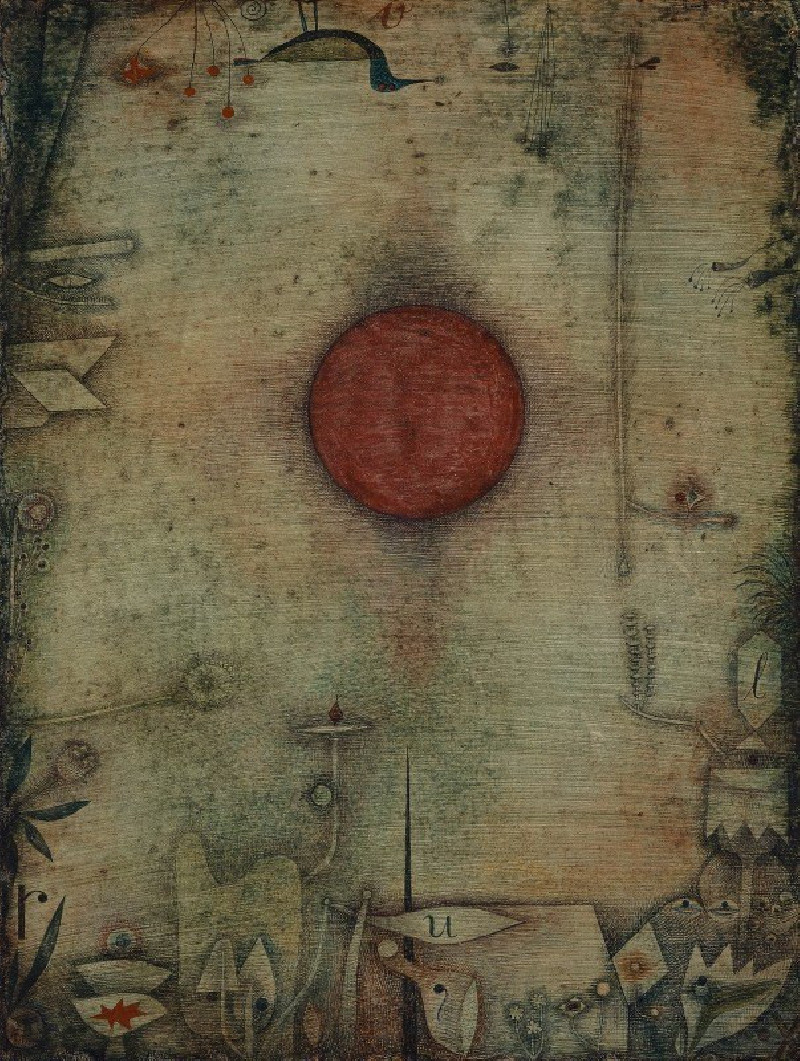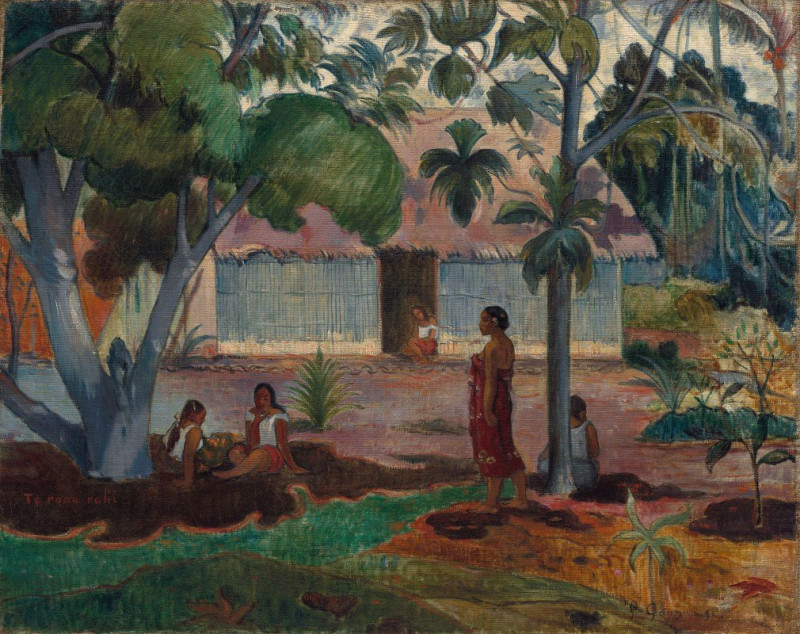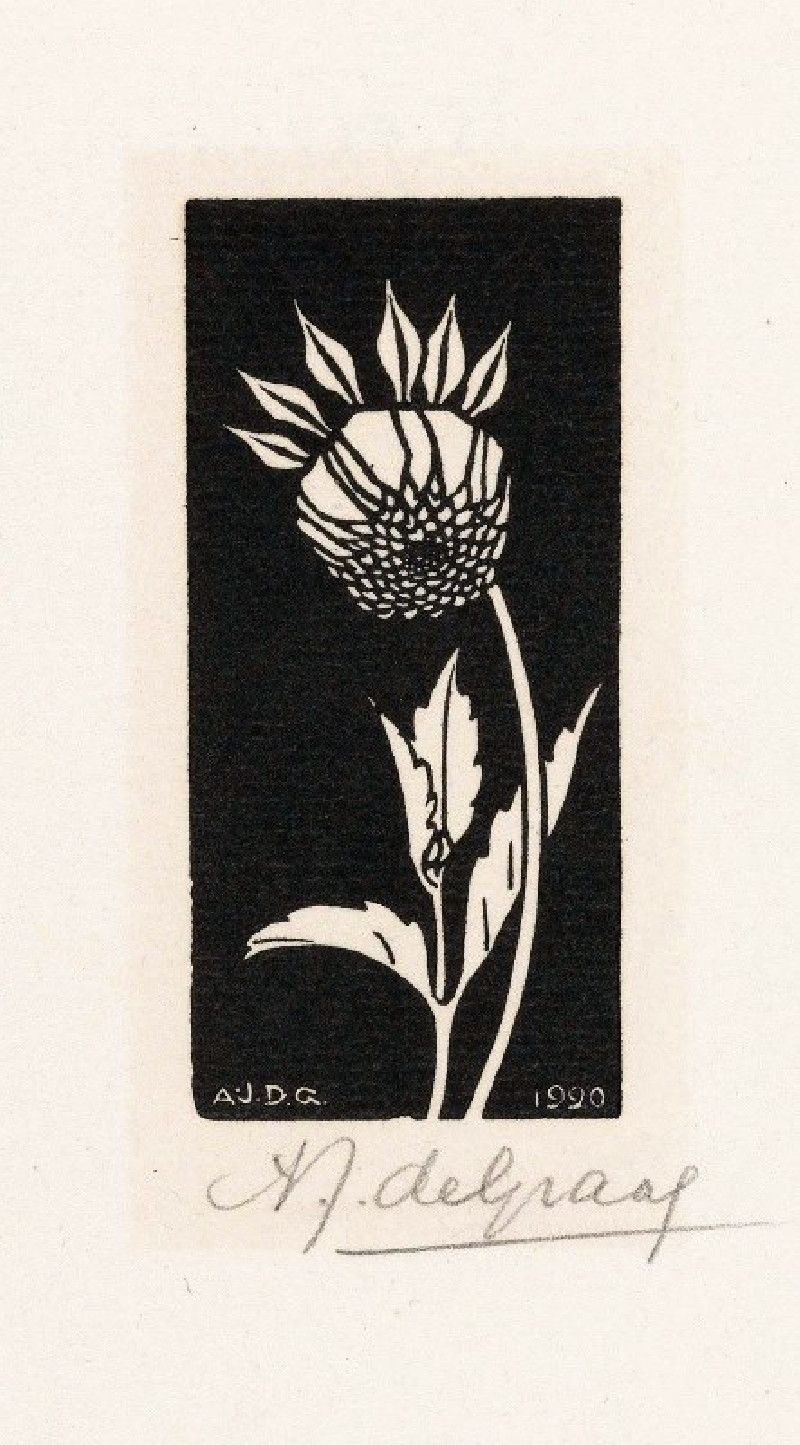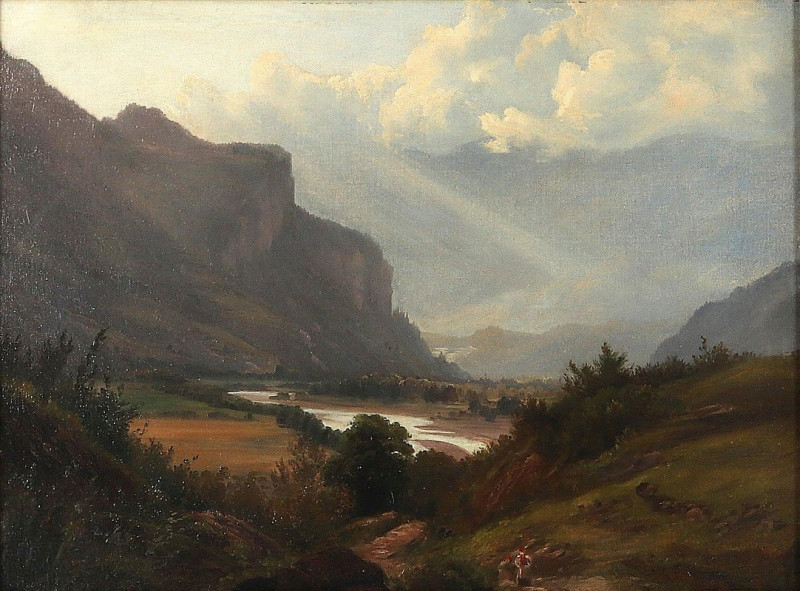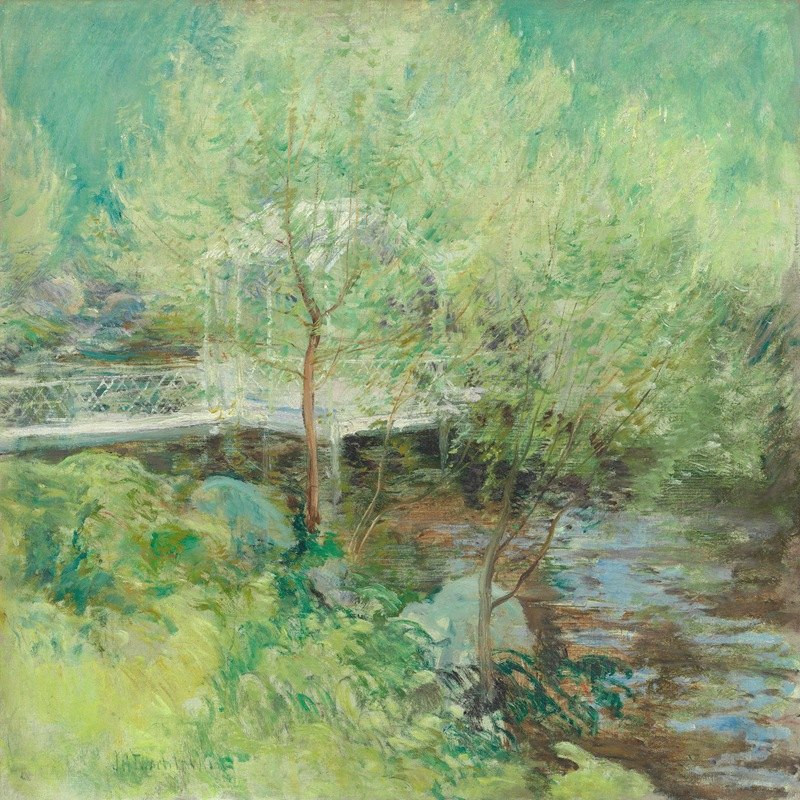Senecio (Soon to be Aged) (1922)
Technique: Giclée quality print
Recommended by our customers
More about this artwork
Paul Klee’s "Senecio" is an enchanting work that richly embodies the Bauhaus ethos of simplicity paralleled with a depth of expression. Created in 1922, this captivating painting provides an abstract depiction of a human face, using a palette of warm, earthy tones juxtaposed with vibrant hues, creating a discourse between serenity and vigor within its composition.In "Senecio," the elements of the face are broken down into geometric shapes—circular forms compose the head and eyes, while rectangles and muted triangles form the nose and lips. Klee’s playful approach to the face’s features, using minimal lines for detailing and bold colored patches, results in a seemingly simplistic yet profoundly insightful representation. The use of asymmetry, particularly in the alignment of the eyes—one slightly higher than the other—and the mismatched colors lend a unique character and whimsical quality to the figure portrayed.This painting exemplifies Klee’s mastery in blending color theory with abstract form to convey deeper human conditions and emotions. The title "Senecio," derived from the Latin word for "old man," together with the slightly pensive expression of the figure, invites reflections on aging and the transformation of perception through life’s stages. The subdued yet hopeful expression harmonizes with the choice of soft pinks and robust yellows, perhaps suggesting the wisdom and vibrancy that can accompany aging.
Delivery
Returns
Paul Klee was a Swiss-born German artist. His highly individual style was influenced by movements in art that included expressionism, cubism, and surrealism. Klee was a natural draftsman who experimented with and eventually deeply explored color theory, writing about it extensively; his lectures Writings on Form and Design Theory (Schriften zur Form und Gestaltungslehre), published in English as the Paul Klee Notebooks, are held to be as important for modern art as Leonardo da Vinci's A Treatise on Painting for the Renaissance.

